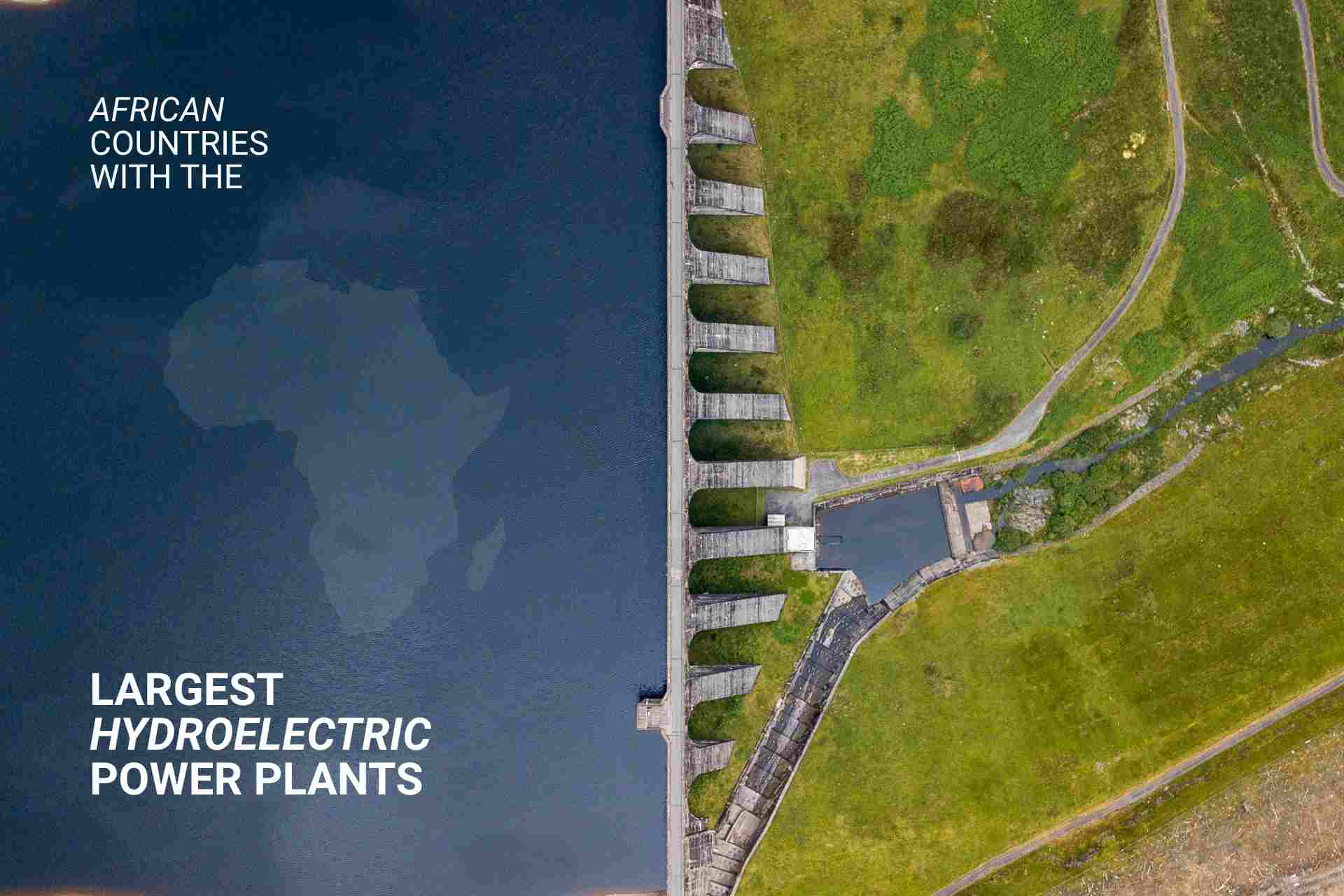
Africa’s hydropower story isn’t just about big dams. It’s about politics, climate risk, export potential and where real investment opportunities in Africa lie. Below are some of Africa’s biggest hydropower assets, what they are, what they could be, and what that means for investors.
| Country | Plant / Complex | Installed / Nameplate Capacity* | Operational status & notes |
| Ethiopia | Grand Ethiopian Renaissance Dam (GERD) | ~ 5,150 MW | Inaugurated Sept 9, 2025; now Africa’s largest hydropower plant by installed capacity. Full potential reached with all turbines commissioned. Export potential depends on transmission & legal/regional agreements. |
| DR Congo | Inga (I & II) + Grand Inga potential | I & II combined ≈ 1,775 MW; technical potential ~ 42,000 MW | Inga I and II are operational but generally under capacity / require rehab. Grand Inga is a multistage, proposed complex; huge potential, but many hurdles (financing, environmental/social/governance) remain. |
| Mozambique | Cahora Bassa | ~ 2,075 MW | Operational since 1970s; undergoing modernization and rehabilitation to ensure reliability and extend life. Supplies Mozambique & exports regionally. |
| Zambia / Zimbabwe | Kariba Dam (North + South) | ~ 2,130 MW | Strong installed capacity but generation is variable, tied to water levels, rehabilitation efforts, and downstream hydrology. Operated by the Zambezi River Authority. |
| Sudan | Merowe Dam | ~ 1,250 MW | Operational (since ~2009); important for Sudan’s grid; subject to hydrology, transmission constraints. |
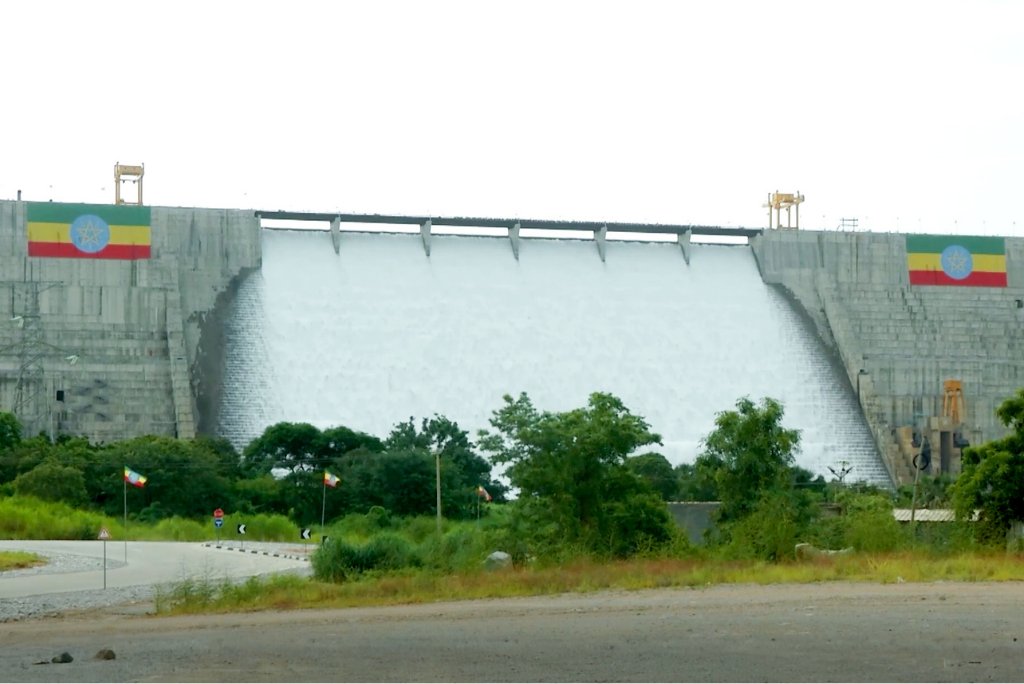
1. Ethiopia — Grand Ethiopian Renaissance Dam (GERD): ~5,150 MW (operational)
Ethiopia’s GERD has just changed the scoreboard. The project reached full commercial output in 2025 and is now the continent’s largest operational hydro plant at about 5,150 MW. That level of output pushes Ethiopia into a new league for power exports and industrial electrification, though the diplomatic row with Egypt and Sudan over Nile flows remains unresolved.
2. Democratic Republic of Congo — Inga complex (existing + potential): Inga I & II ≈1,775 MW; Grand Inga potential ≈ 42,000 MW (site potential)
DRC’s Inga site already hosts Inga I (351 MW) and Inga II (1,424 MW). Those plants are small compared with the Grand Inga concept, which the World Bank and planners describe as uniquely massive, technical potential on the order of ~42,000 MW if fully realized. Grand Inga would be transformational, but right now it’s a potential, not an operational fact; financing, design and phased delivery remain major hurdles.
3. Mozambique — Cahora Bassa: ~2,075 MW
Cahora Bassa is the backbone of southern African hydropower, supplying neighbors and domestic grids. Its installed capacity is widely recorded as ~2,075 MW and the operator has been rolling out rehabilitation and modernization work to secure output and extend life. That makes it both a strategic asset for regional supply and an interesting candidate for infrastructure investment tied to rehabilitation contracts.
4. Zambia / Zimbabwe — Kariba (Kariba North & South): ≈2,130 MW (installed)
Kariba’s combined plant capacity between the north (Zambia) and south (Zimbabwe) banks is about 2.1 GW by official Zambezi River Authority figures. Output has been volatile though, drought and deferred rehab have limited generation at times, so capacity and actual generation diverge depending on water levels and maintenance status.
5.Sudan — Merowe Dam: ~ 1,250 MW
Operational (since ~2009); important for Sudan’s grid; subject to hydrology, transmission constraints.
* “Installed capacity / nameplate” = max output under ideal conditions. Real generation is usually lower.
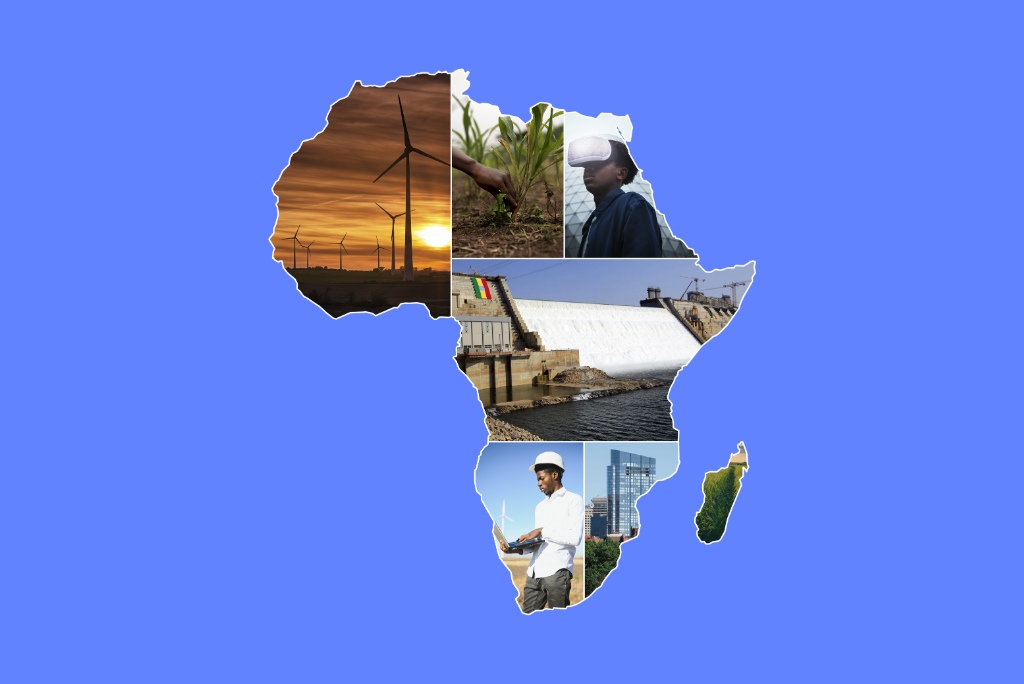
Here are the patterns and implications that investors, developers, and policymakers need to understand:
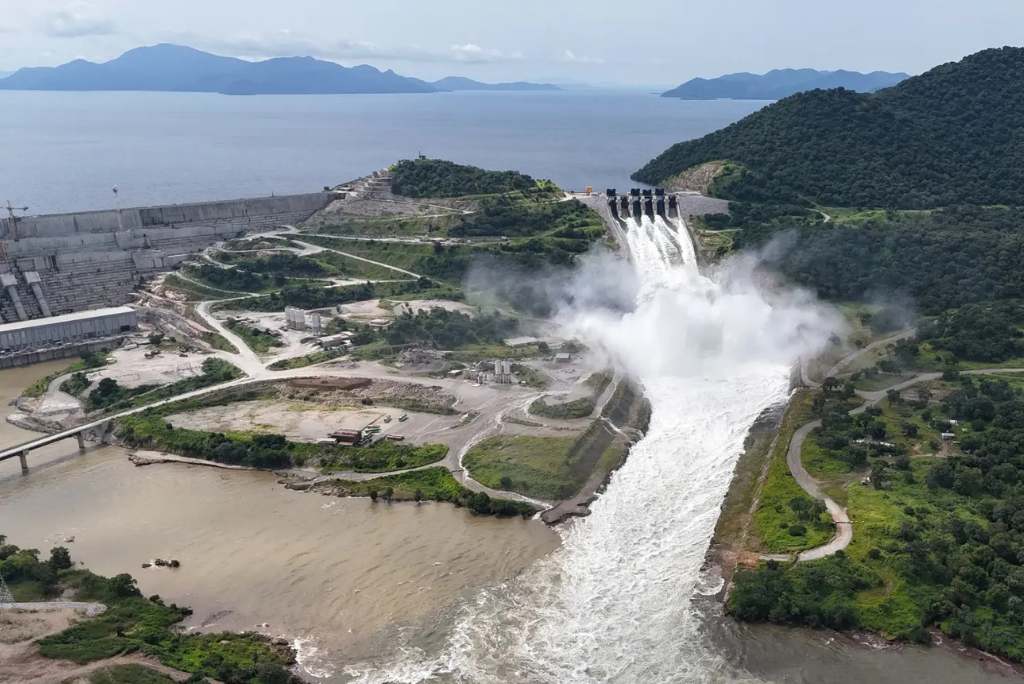
If you’re asking where business opportunities in Africa sit around hydropower: think beyond turbines. Grid upgrades, HVDC export links, storage pairings, operations & maintenance, and localized supply chains are where margins and impact meet. Governments want partners; multilaterals want de-risked projects; private capital wants predictable cashflows. Align those three and you can legitimately say you’re ready to invest in Africa energy infrastructure.
Disclaimer: This content is provided for general informational purposes only. It is not intended as investment, financial, engineering, or legal advice. While sources are cited, figures and project details may change over time. Readers should verify with official energy agencies, government publications, or professional advisors before relying on this information.
Source Annotations & Key Updates:
1. What is the largest hydroelectric power plant in Africa?
As of September 2025, the Grand Ethiopian Renaissance Dam (GERD) in Ethiopia holds the title. With a nameplate capacity of about 5,150 MW, it overtook Egypt’s Aswan High Dam and the Kariba complex to become the continent’s biggest hydropower plant. Its size puts Ethiopia at the center of Africa’s hydropower map though output still depends on Nile flows and transmission links.
2. What country has the largest hydroelectric power plant?
That would be Ethiopia, thanks to GERD. The dam sits on the Blue Nile and, once fully commissioned in 2025, became the largest single hydro project in Africa. Beyond size, it’s a strategic lever for Ethiopia’s domestic electrification and potential electricity exports to neighbors.
3. Who owns the biggest power plant in Africa?
The GERD is state-owned. The Ethiopian government, through the Ethiopian Electric Power Corporation (EEP), owns and operates the project. It was financed largely from domestic sources (bonds, public contributions) after foreign financing stalled over political disputes.
4. Which country has the largest dam in Africa?
If we talk about dam size and structure, Egypt’s Aswan High Dam is still the most famous, stretching nearly four kilometers across the Nile with a reservoir (Lake Nasser) that can store 132 cubic kilometers of water. If we’re talking installed hydro capacity, Ethiopia’s GERD is larger. In short: Aswan is Africa’s largest dam by volume and reservoir, while GERD is Africa’s largest hydropower plant.
5. How do the top hydro plants in Africa compare in size and output?
*Installed numbers are straightforward, but actual generation depends heavily on rainfall, river flow, and how well plants are maintained.
6. How is hydropower capacity distributed across Africa?
Hydropower is unevenly spread.
Overall, Africa has ~38 GW of installed hydropower, but only a fraction of its technical potential (estimated at over 300 GW) is tapped. That gap explains why international lenders and governments keep circling around big projects.

Starlink moving from licence to live service in Chad is straightforward news, but the implications are anything but. Let’s break it down, what happened, how Chad compares to other African markets, what Starlink actually brings to the table, the security and regulatory trade-offs, and what investors and businesses should watch next. Licence vs activation Chad […]
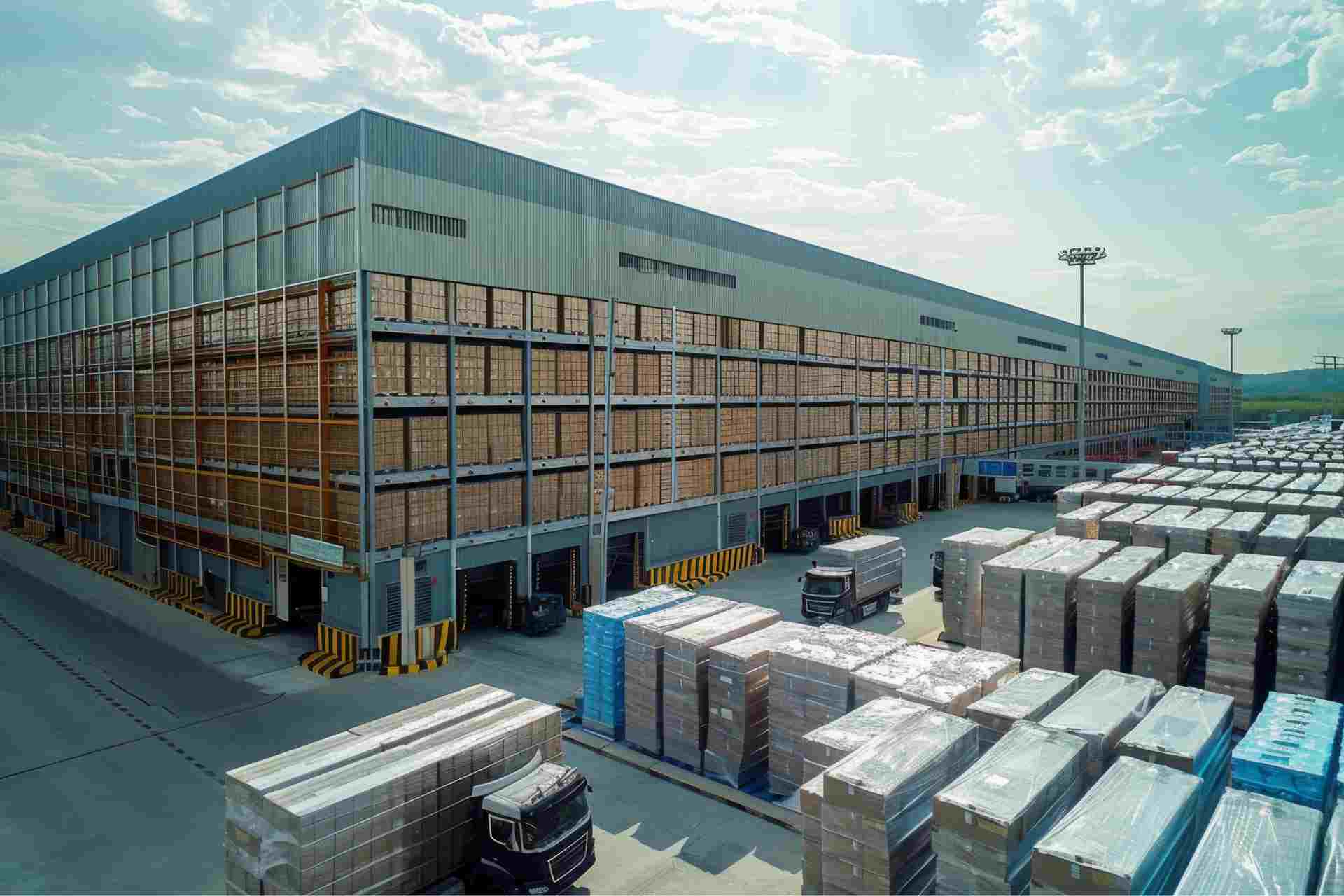
The warehousing landscape in Africa is shifting fast. E‑commerce is exploding, from $317 billion in 2024 to over $1 trillion by 2033, growing at a projected CAGR of 13.8 % (IMARC Group). Warehousing isn’t just storage anymore, it’s strategic infrastructure for brands, SMEs, and investors looking at real investment opportunities in Africa. According to Grand View Research, the […]
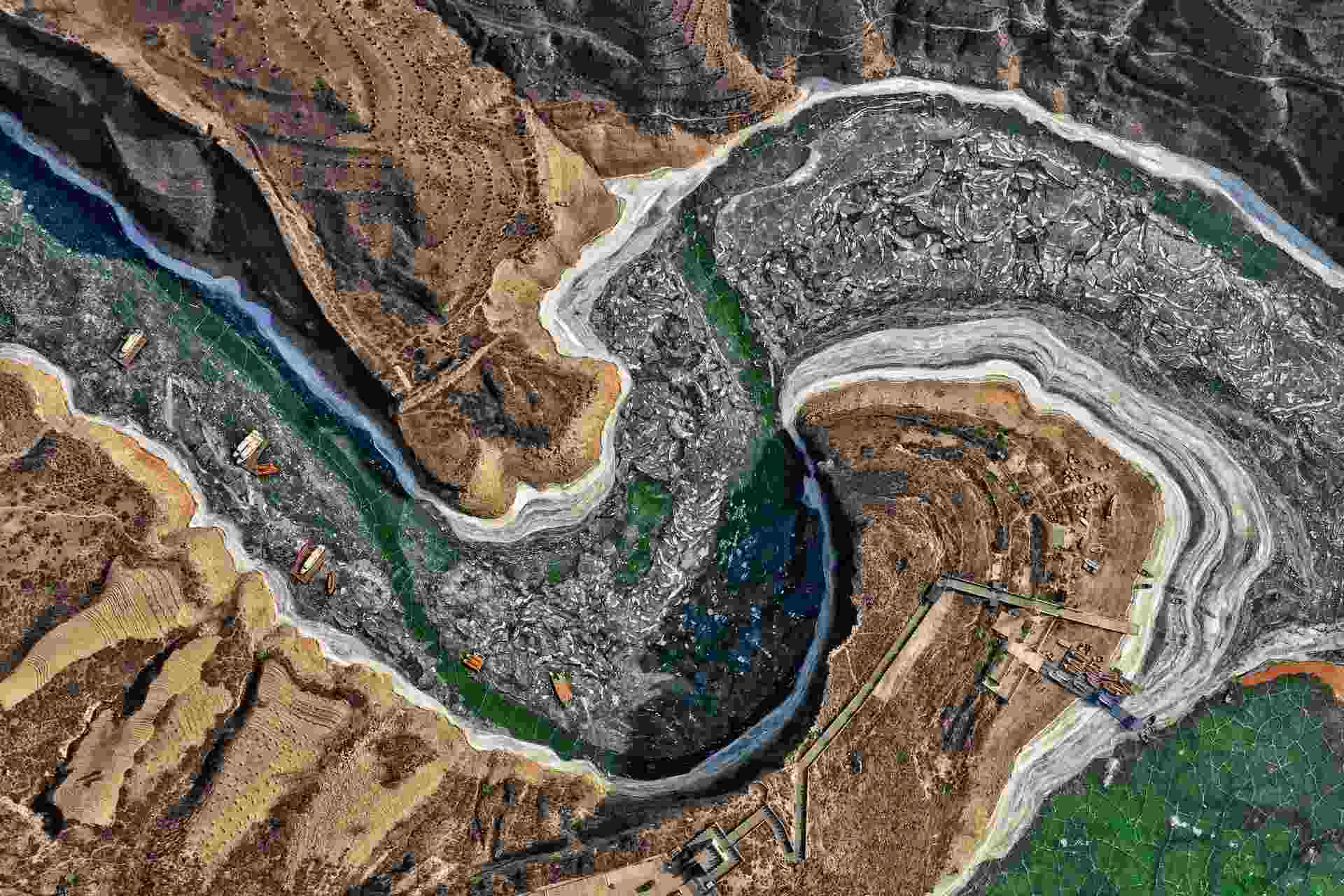
Here’s the thing: Africa is no longer sitting on the sidelines of the global rare earth game. It’s stepping in fast. For investors scanning the horizon for investment opportunities in Africa, this is one of the most strategic plays right now. From negligible output just a few years ago to what some industry analysts estimate […]